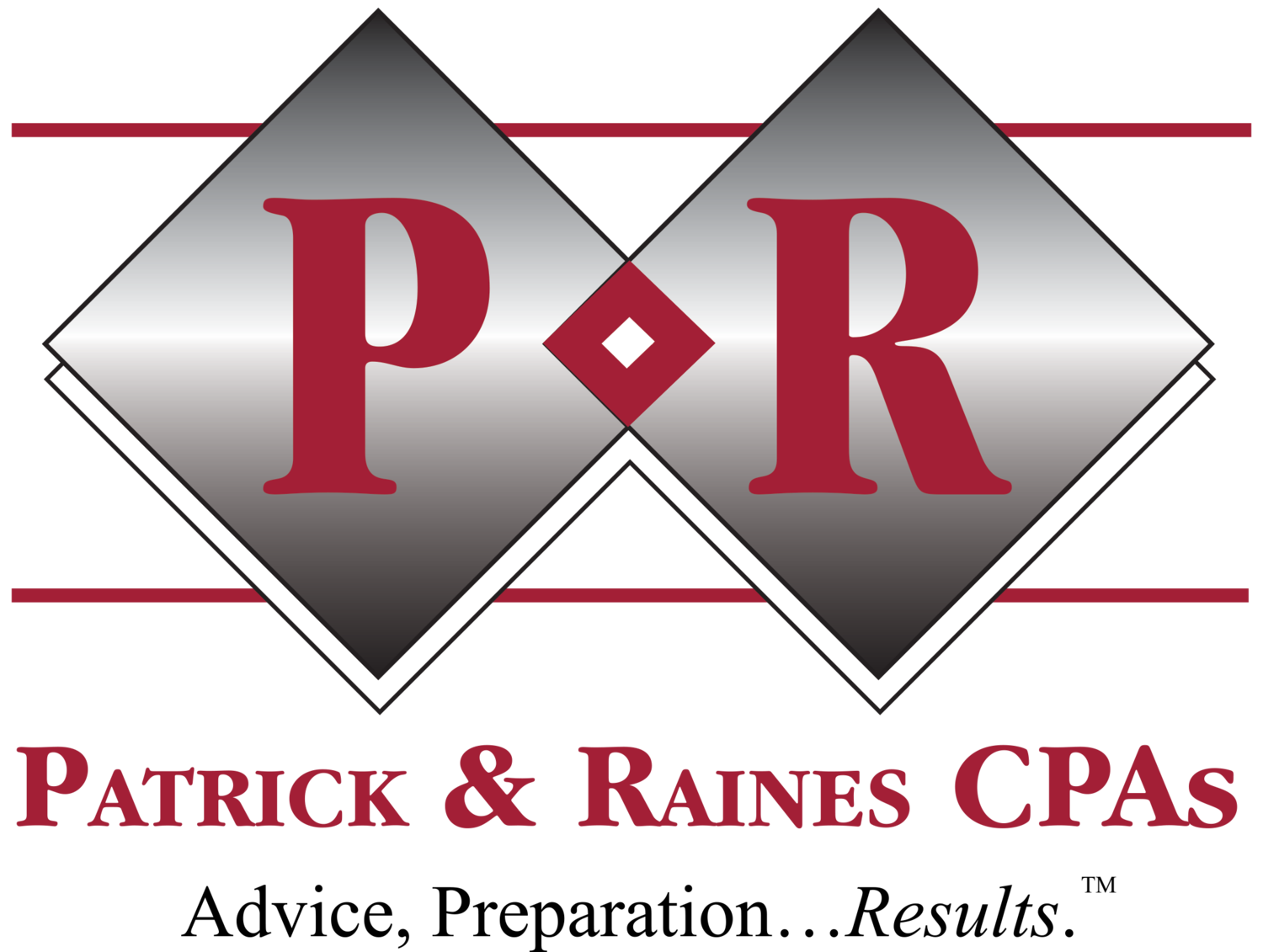Construction Contractors Should Coordinate Timing & Taxes to Get Ahead (part 2 of 2)
As promised, this week’s blog will guide you through the different methods contractors can use to maximize their income, minimize their tax bite, and account for both “lean” and “fat” years.Contractors seem to have a decided disadvantage due to the irregular nature of their incomes. The typical “small business” contractor with income from “long term” contracts has four accounting methods to choose from when preparing tax returns:1) The Cash Method reports income as it’s received and expenses as they’re paid. It certainly is the simplest approach, but unfortunately has virtually no flexibility in determining taxable income other than staying home on the couch. Thus, if you are working and getting paid, your income will be the net of your cash received less the cash bills paid.2) The Accrual Method is also relatively easy to manage. Under this method, income is reported as it’s billed and expenses are reported as they’re incurred, so the timing of income and expenses complement each other better.These simple methods are very popular with smaller contractors, but they provide no avenue to determine profitability by job; income and expenses are only matched for the company as a whole. Without some form of job cost accounting, the ability to manage jobs profitably against budgets or income is limited.Larger contractors typically elect to use one or both of the other two accounting methods available:3) The Completed Contract method accumulates all of the costs incurred on a job as an asset known as “Work in Progress inventory” until the job is substantially complete. Correspondingly, the income billed for that work is recorded as a liability known as deferred income. This tactic means that until the job is done, there’s no income reported. To properly follow this method, indirect costs connected to the construction need to be included in the Work in Progress inventory. The related overhead typically includes liability insurance, contractor salaries and benefits, vehicle expenditures, equipment depreciation, material storage and acquisition expenses, etc.This approach is popular with small to mid-sized contractors because it allows large amounts of income to be deferred into future years. However, there’s a high risk that income collects in the years where several jobs are completed and then is much lower when fewer jobs are completed. That, of course, is not a formula that helps to level income from year to year and often results in your CPA preparing an unpleasant income tax bill a couple of months after the year is over. Income tax planning can be difficult because it’s not always easy to predict what jobs are likely to be completed until the year is actually over. This issue is particularly true when the primary accounting method is the Generally Accepted Accounting Principles (GAAP) method, while income taxes are being reported under Completed Contract.4) The final method to discuss is the Percentage of Completion method. The IRS and GAAP require that contractors use this method when they have an average gross income of more than $10 million. Percentage of Completion uses a measurement of income based on the progress of each job.The most common approach, and generally the simplest, compares incurred job costs to each job’s budget to determine the percent of completion. The percentage is applied to the income expected from the entire job, and this number is the amount recognized for that period. There are other acceptable approaches to determine how complete a job is, but they all place a high level of confidence in the projected total income and the estimated total cost of each job.For blog-followers who are accounting geeks (like us!), the amount billed that is more than the amount determined to be earned is called “overbillings,” or Billings in Excess of Cost and Profits, and is recorded as a liability. The amount over what’s earned is surprisingly called “underbillings,” or Cost and Profits in Excess of Billings, and is recorded as an asset. Obviously, this method is a bit more complex than any of the others, but it gives the most accurate measurement of income. It also tends to level the recognition of income for all jobs and helps to avoid spikes in taxable income from year to year.Patrick & Robinson holds decades of experience working with contractors in a variety of specialized areas, and can guide you through the intricacies of these accounting methods, the tax planning, and compliance opportunities that come from them. Just contact us at Office@CPAsite.com or 904-396-5400 to let us know when we can put our experience to work for you.

